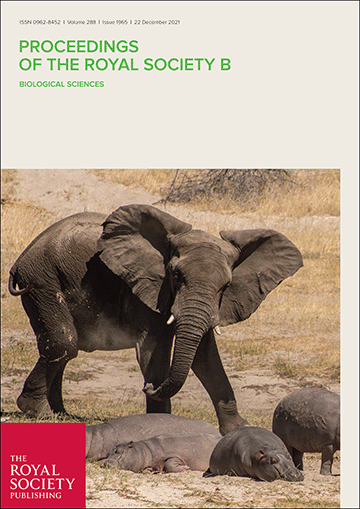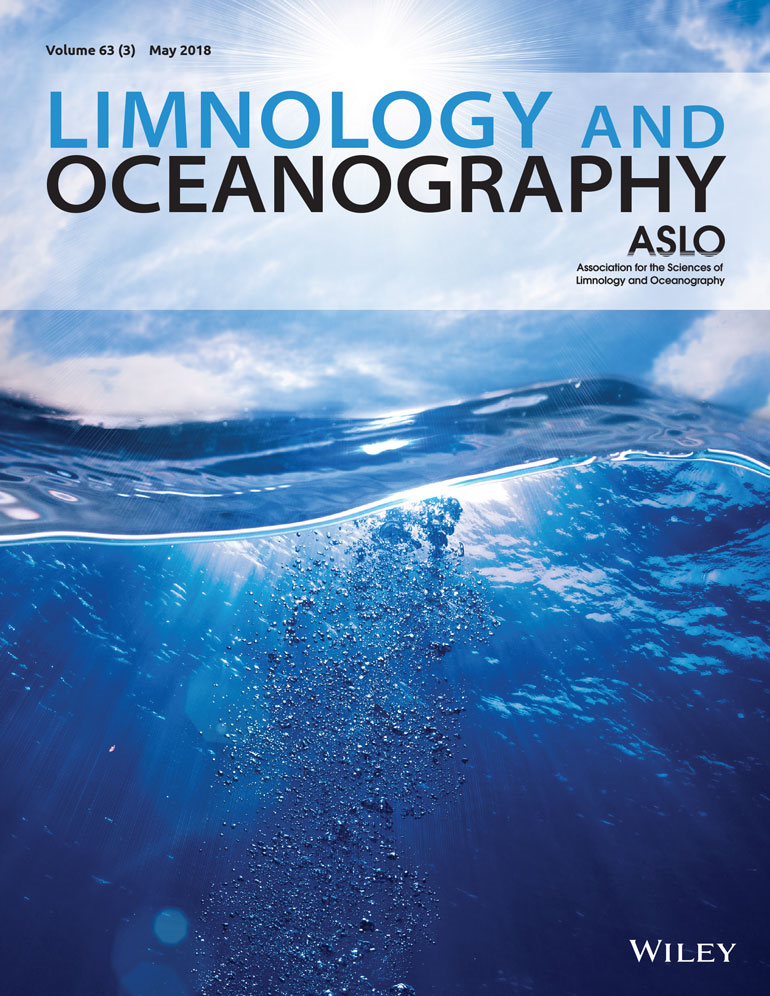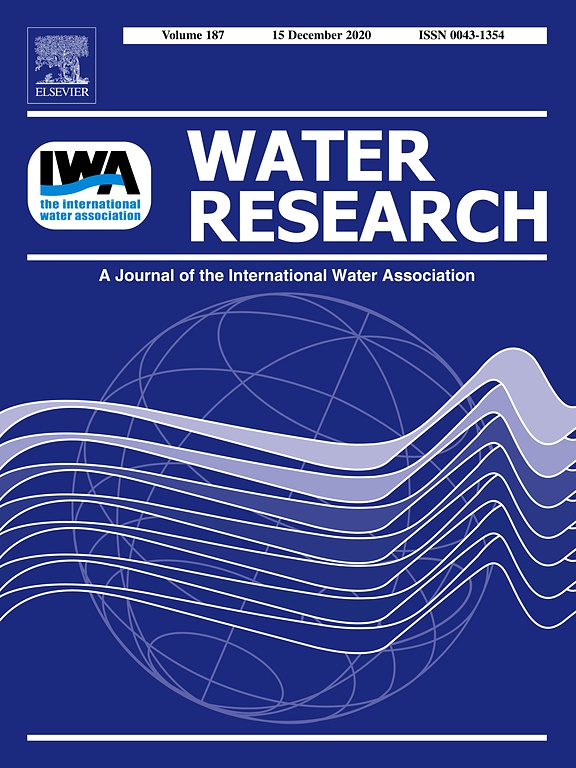Please find all scientific publications of IGB under > scientific publications
For more detailed information please refer to our > library catalogue
1 - 10 of 115 items
- Topic:Biodiversity

August 2025
People and Nature. - 7(2025)9, 2212-2227
Implementing the European Union Biodiversity Strategy: Interlinked challenges and a potential way forward
Attila Lenti; Eszter Kelemen; Karmen Czett; Carla Klusmann; György Pataki; Davide Geneletti; Sonja C. Jähnig; Twan Stoffers; Esther Chinweuba; Myriam Dumortier; Nikita Sharma; Jiska van Dijk; Marie Vandewalle; Kati Vierikko; Ágnes Zólyomi
June 2025
Ecology letters. - 28(2025)6, Art. e70164
Dynamic Environmental Niches of Marine Invasive Species Over 200 Years
Chunlong Liu; Zeli Ruan; Jiayuan Xie; Jonathan M. Jeschke; Lise Comte; Julian D. Olden; Yunwei Dong; Jiansong Chu; Bin Kang; Brian Leung

June 2025
Journal of Environmental Management. - 389(2025), Art. 126176
Optimizing river restoration: A multi-scenario approach to barrier removal prioritization
Mayra E. Darre; Sami Domisch; Virgilio Hermoso; Michael Ørsted; Jamal Jokar Arsanjani
June 2025
Trends in Ecology and Evolution. - 40(2025)8, 736-739
Nocturnal pandas: conservation umbrellas protecting nocturnal biodiversity
Gregor Kalinkat; Andreas Jechow; Sibylle Schroer; Franz Hölker
June 2025
Proceedings of the Royal Society B: Biological Sciences. - 292(2025), 20243072
The microbiology of Uganda’s large freshwater lakes experiencing anthropogenic and climatic perturbations: why it matters—a review
Daniel Abiriga; Robinson Odong; Grace Kizito Bakyayita; Ronald Semyalo; William Okello; Hans-Peter Grossart

June 2025
Environmental Research. - 282(2025), Art. 122078
Soil alkaline phosphatase-encoding bacteria relate closely to microbial biomass phosphorus in changing environments
Wenjie Wan; Hans-Peter Grossart; Xiang Xiong; Donglan He; Yuyi Yang
June 2025
Limnology and Oceanography. - 70(2025)8, 2053-2066
Daphnia-associated bacterial communities correlate with diet quantity, environmental conditions, and epidemic size across natural outbreaks
Amruta Rajarajan; Justyna Wolinska; Jean-Claude Walser; Nadine Tardent; Silvana Käser; Esther Keller; Piet Spaak

June 2025
Journal of Environmental Management. - 388(2025), Art. 126059
Tire wear particles in aquatic environments: From biota to ecosystem impacts
Wenjuan Song; Li Lin; Seungdae Oh; Hans-Peter Grossart; Yuyi Yang
May 2025
Water Research. - 284(2025), Art. 123887
Anthropogenic gene dissemination in Tibetan Plateau rivers: sewage-driven spread, environmental selection, and microeukaryotic inter-trophic driving factors
Bob Adyari; Xin Liao; Xiuhang Yan; Yuxin Qiu; Hans-Peter Grossart; Laiyi Li; Tao Yu; Guannan Mao; Keshao Liu; Jiangqian Su; Yongqin Liu; Anyi Hu

May 2025
Journal of Environmental Management. - 386(2025), Art. 125663
Towards transformative change for biodiversity: What can we learn from case studies in Germany?
Vera Schreiner; Marion Mehring; Janina Kleemann; Jennifer Hauck; Stefan Knauß; Christian Poßer; Christian Schleyer; Thomas Potthast; Karsten Grunewald; Christine Fürst; Jennifer Müller; Christian Albert; Monika Egerer; Dagmar Haase; Sonja C. Jähnig; Josef Kaiser; Tanja GM. Sanders; Pia Sommer; Thilo Wellmann; Peter Keil; Heidi Wittmer
The authors analysed 22 case studies of biodiversity-enhancing societal processes and projects in Germany to identify barriers and success factors, as well as features that support transformative change towards sustainability and the mainstreaming of biodiversity. They identified 16 features that support transformative change for biodiversity, many relevant beyond Germany.






